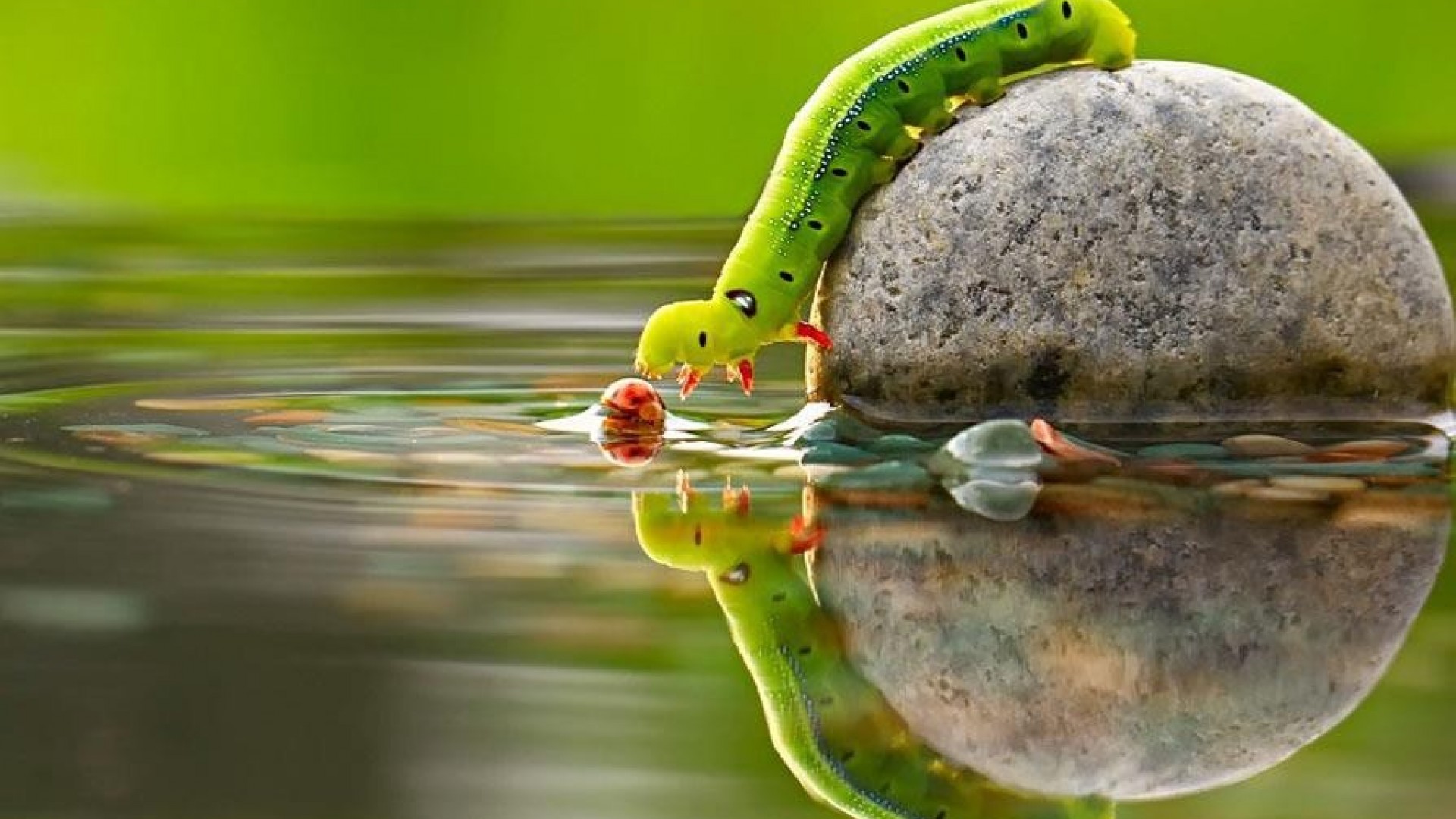

This RNA-based life could have served as the descendants of the current life on Earth. One of the popular theories held today is the RNA world hypothesis, which suggests that primordial life was based on RNA because it can act as both genetic material and catalyst. The transition from non-living to living entities may have occurred gradually. The primordial soup is also the edict of the heterotrophic theory of the origin of life proposed by Alexander Oparin and John Burdon Sanderson Haldane. phospholipids forming lipid bilayers) and organic compounds from inorganic sources. Apparently, the simulated-primitive Earth favored the chemical syntheses of the basic structure of the cell membrane (e.g. A widely-accepted research finding is that of the Miller–Urey experiment. This soup served as a site where organic compounds were synthesized.

The “primordial soup” refers to the hypothetical model of the primitive Earth wherein it accumulated organic material and water resembling a soup. Currently, living things are classified into three Domains: (Eu)Bacteria (true bacteria), Archaea (archaebacteria), and Eucarya ( eukaryotes). The fundamental characteristics are as follows: having an organized structure, requiring energy, responding to stimuli and adapting to environmental changes, and being capable of reproduction, growth, movement, metabolism, and death. A living thing pertains to any organism or a life form that possesses or shows the characteristics of life or being alive.


 0 kommentar(er)
0 kommentar(er)
